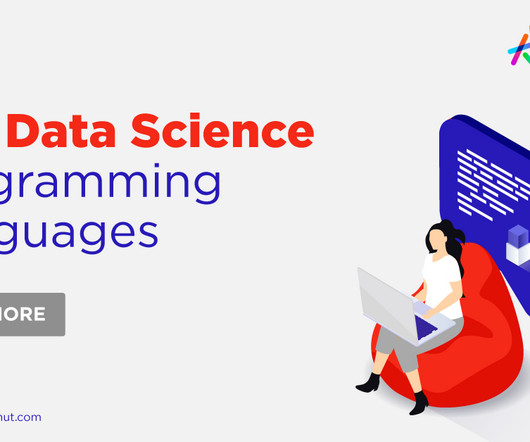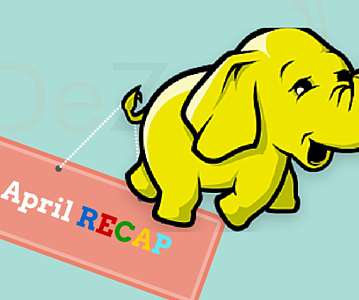Top 11 Programming Languages for Data Science
Knowledge Hut
JANUARY 18, 2024
Also, data science can get used in various applications, including business intelligence (BI), predictive analytics, social media analytics, medical informatics and bioinformatics, financial risk management, fraud detection, and e-discovery applications. It came out in 2009 when Google introduced it to the world.












Let's personalize your content